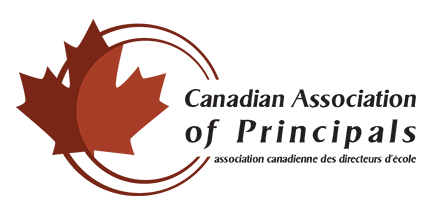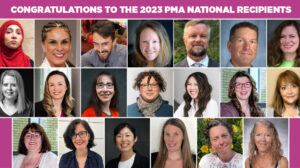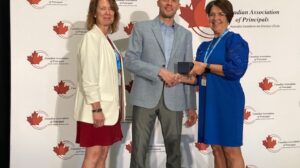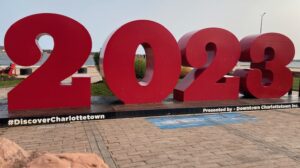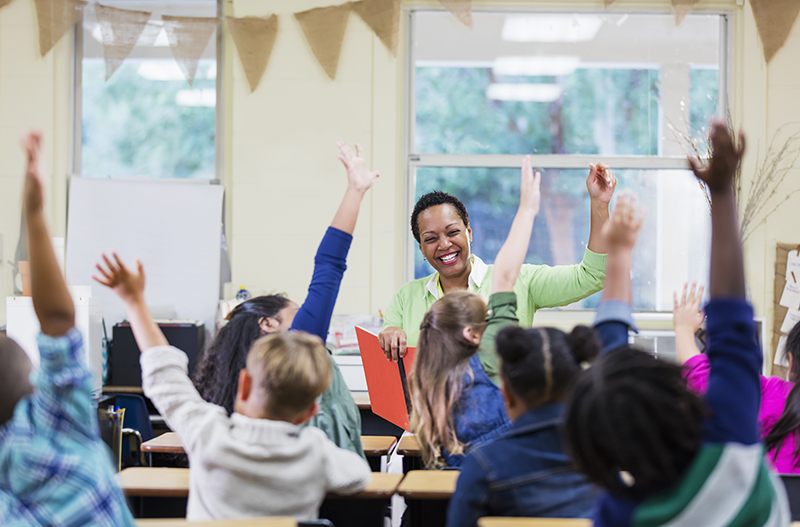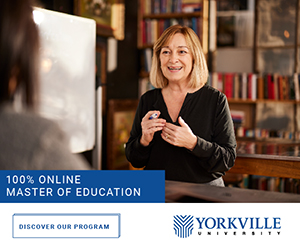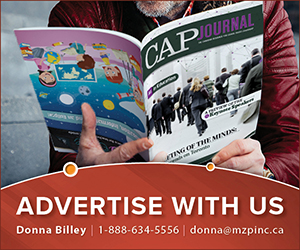Social and Systems Change
Current education policy in Newfoundland and Labrador embraces the diverse nature of school communities, recognizes students learn in different ways, and seeks to support learners to achieve their potential. It also recognizes the important role of instructional approach and promotes professional practices designed to sustain the continual advancement of educator practice.

This has not always been the case. Topics related to race, religion, gender identity, sexual orientation, disability, and diversity are addressed very differently in Canada today than in the recent past.
Figure 1 is indicative of the extensive and ongoing social and systemic change that has occurred and is continuing to occur in western education. There was a time when many minorities were excluded from receiving an education or received minimal, segregated education outside the school system. As education evolved, it moved to models that promoted integration and inclusion. Today, education policy recognizes the uniqueness and diversity of all learners. Newfoundland and Labrador recently released the Responsive Teaching and Learning Policy embracing student diversity.
The Responsive Teaching and Learning Policy in Newfoundland and Labrador
Responsive Teaching and Learning is about all students, all educators and all learning that occurs within the school community. It connects the learner and the content in meaningful, respectful and effective ways. It is grounded in the teacher’s understanding of and connection with each student. Through Responsive Teaching and Learning, teachers continually monitor and assess where their students are in the learning process and use this information to plan strategically to lead their students to maximum individual growth.
An important part of this involves helping teams of teachers reflect on their practice. It requires the development of a safe, trusting and collaborative culture so that educators work together to gather information, reflect on what it tells them, and collaborate to remove any barriers to student learning. It asks educators to consider what they observe and to make changes to better help students achieve. It includes:
- the use of a collaborative inquiry model,
- excellence in teaching and learning through the adoption of research-based pedagogy and practice,
- self-directed and team-directed professional learning, and
- creating and sustaining optimal learning environments.

Responsive teaching and learning takes a holistic approach and addresses the whole child. It is rooted in concern for wellness. The social-emotional aspects of learning are intertwined with academics. Through responsive teaching and learning, the teacher designs and manages a learning environment that encourages positive relationships and collaboration, fosters risk taking and independence, builds shared responsibility for learning, and celebrates successes. The aim is to offer educational opportunities that are accessible to all learners and make adjustments to respond to evidence of student learning as quickly as possible.
Today, education is viewed as a “double helix” and focuses as much on wellness and personal/social development as on academic achievement and intellectual development. Both these pieces work intricately together enabling all individuals to work to their potential and to acquire the skills, knowledge and abilities that contribute to healthy development. This acquisition of key skills, knowledge and abilities requires a comprehensive approach focused on healthy human development. Five frameworks support the teaching and learning of the provincial curriculum within diverse school communities.
Educational Frameworks Supporting Diversity
The educational frameworks that provide broader access to provincial curriculum include universal design for learning, differentiated instruction, a tiered approach to learning, multicultural education, and special education (Figure 2).

All five of these frameworks:
- embrace the diverse nature of school communities,
- recognize students learn in different ways, and
- seek to support learners to achieve the most they possibly can.
While they have much in common, the frameworks are also distinct. It is their combined practice that ensures the engagement of all learners with the provincial curriculum.
Envisioning Change
The practices of exclusion, segregation, integration and to some extent, inclusion, envision a “majority” and “others”. By contrast, a teaching to diversity model as represented in the Responsive Teaching and Learning Policy, envisions all individuals as unique learners with curriculum and educator practice being flexible and responsive to learner variability. Such a shift in thinking and practice ensures:
- professional learning, not simply student learning, is part of the collaborative conversation,
- a recognition of the relationship between collected data on student learning and the teaching response, and
- an understanding of how to design and plan for diverse learning opportunities and the factors to consider when determining the best environment for teaching and learning to occur.
Moving a large organizational structure towards responsive teaching and learning is a significant challenge. Key to the success of the change is the effective adoption and implementation of the frameworks above (universal design for learning, differentiated instruction, the tiered approach to learning, and special education) supported by strong and collaborative professional practice.
Implementing the Change
The engagement of all learners with their curriculum as envisioned through the Responsive Teaching and Learning Policy requires communication between all stakeholders within education. This includes communication between the organizational structures of the department of education, the school districts, and schools.
How to clearly communicate and implement the large-scale change represented by the Responsive Teaching and Learning Policy is a continuing challenge facing schools, districts, and the Department of Education in Newfoundland and Labrador today.
A significant shift in practice requires teachers to not only learn new things, but to try them out in their classrooms and reflect on their experiences. Both the Responsive Teaching and Learning Policy and the School Development framework provide the structure for school-based teams of teachers to meet regularly to review student data and plan instruction. Through this collaborative process, educators learn from each other and identify areas where further professional learning may be necessary. Learning needs are shared with the school administration and district staff as part of the school development process.The end result of this learning and collaboration is an understanding of changes necessary for new practice and improved student achievement.
Educational leaders at the department of education, within the school districts and at the school level are tasked with acknowledging and ensuring that the professional learning needs of educators are supported. The provision of professional learning and the transfer of information within the system depends on effective communication at all levels. When many people handle the message, there is a risk that the intent of the communication will not be clearly understood by all participants. To ensure that the message is clear and schools are best positioned to implement policy and change, leaders at all levels need to be participants in ongoing, collaborative conversations as well. Only together, through collaboration and conversation, can a large system attain significant philosophical and pedagogical change.
By: Carolyn Wheeler Scott and Denise King

